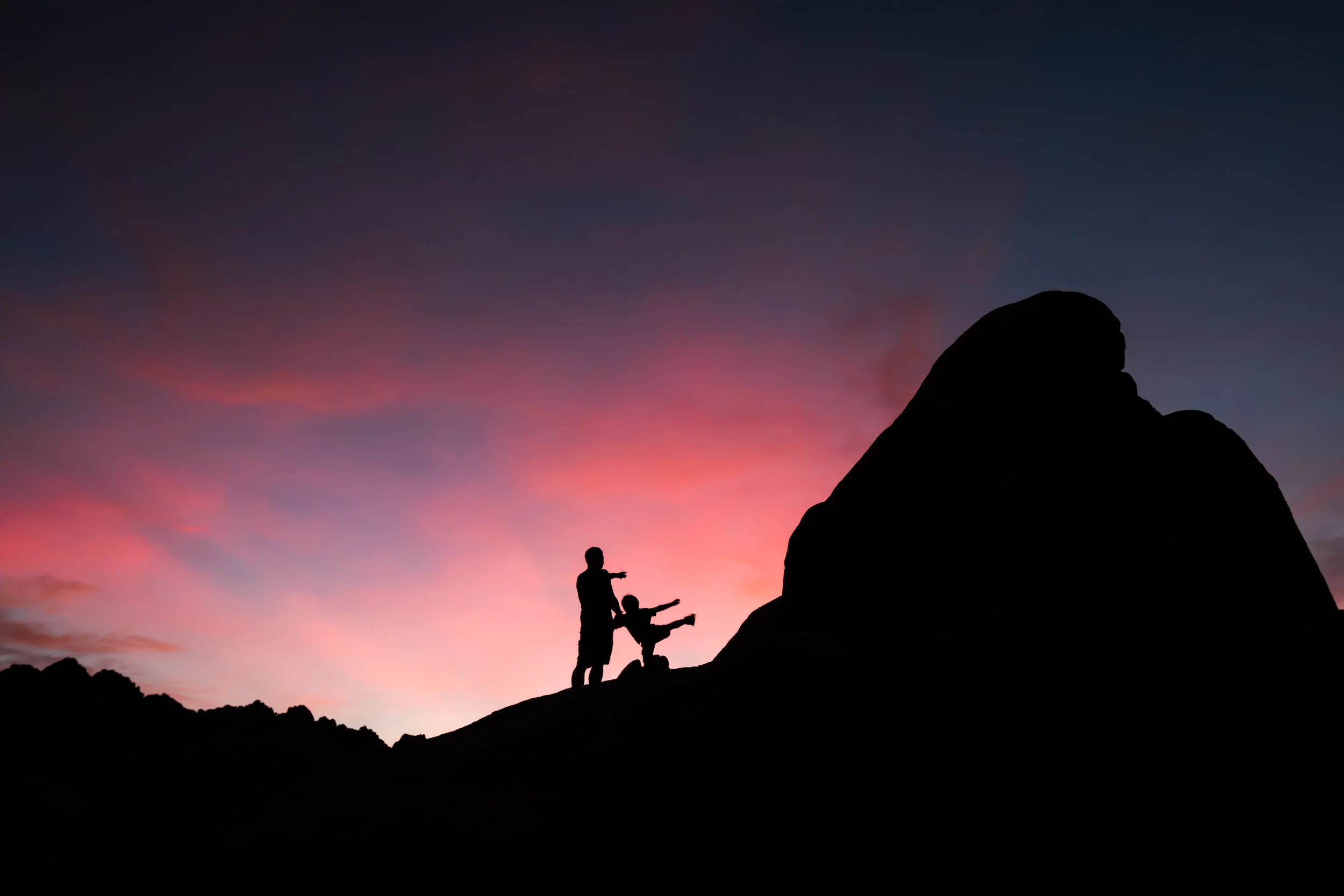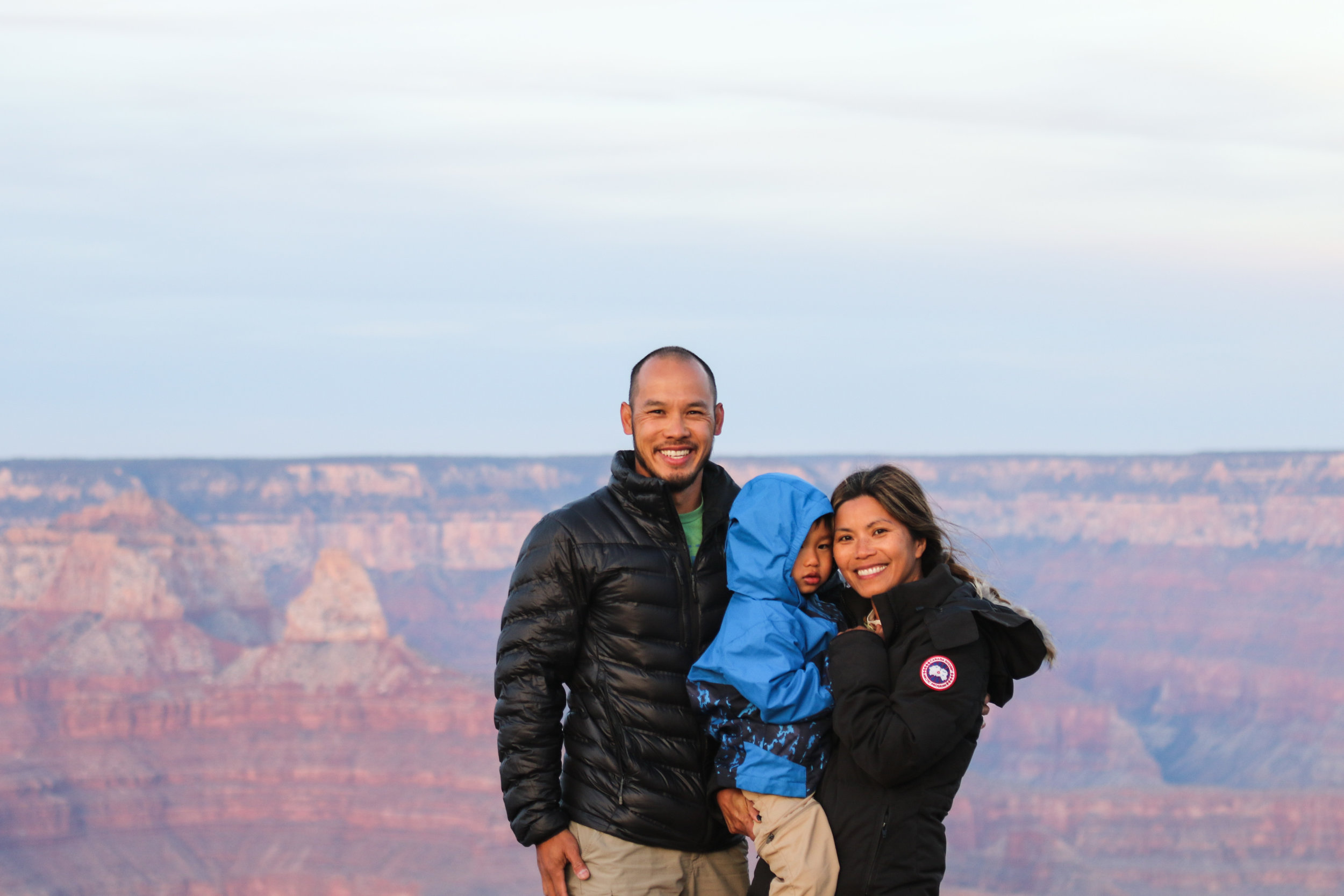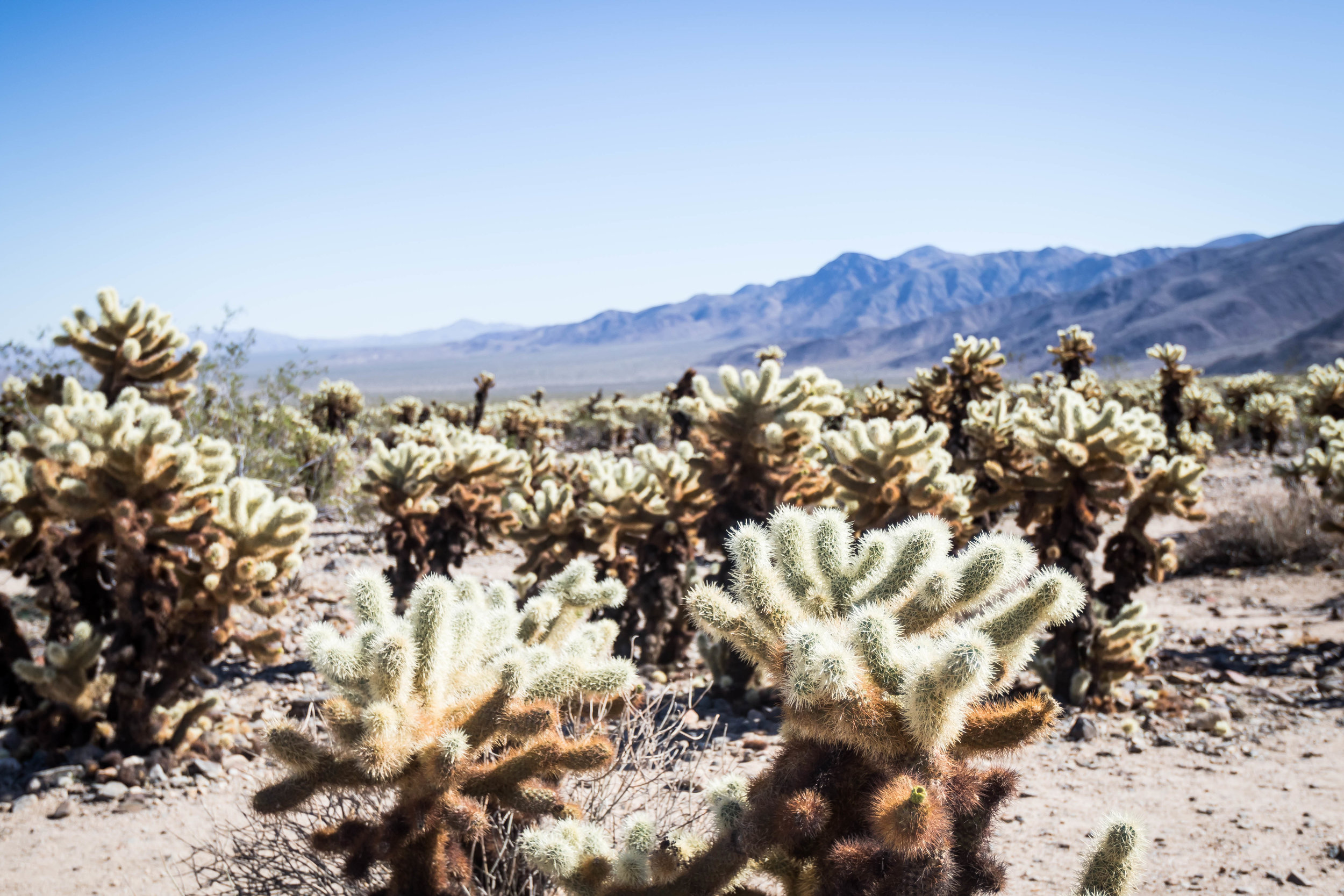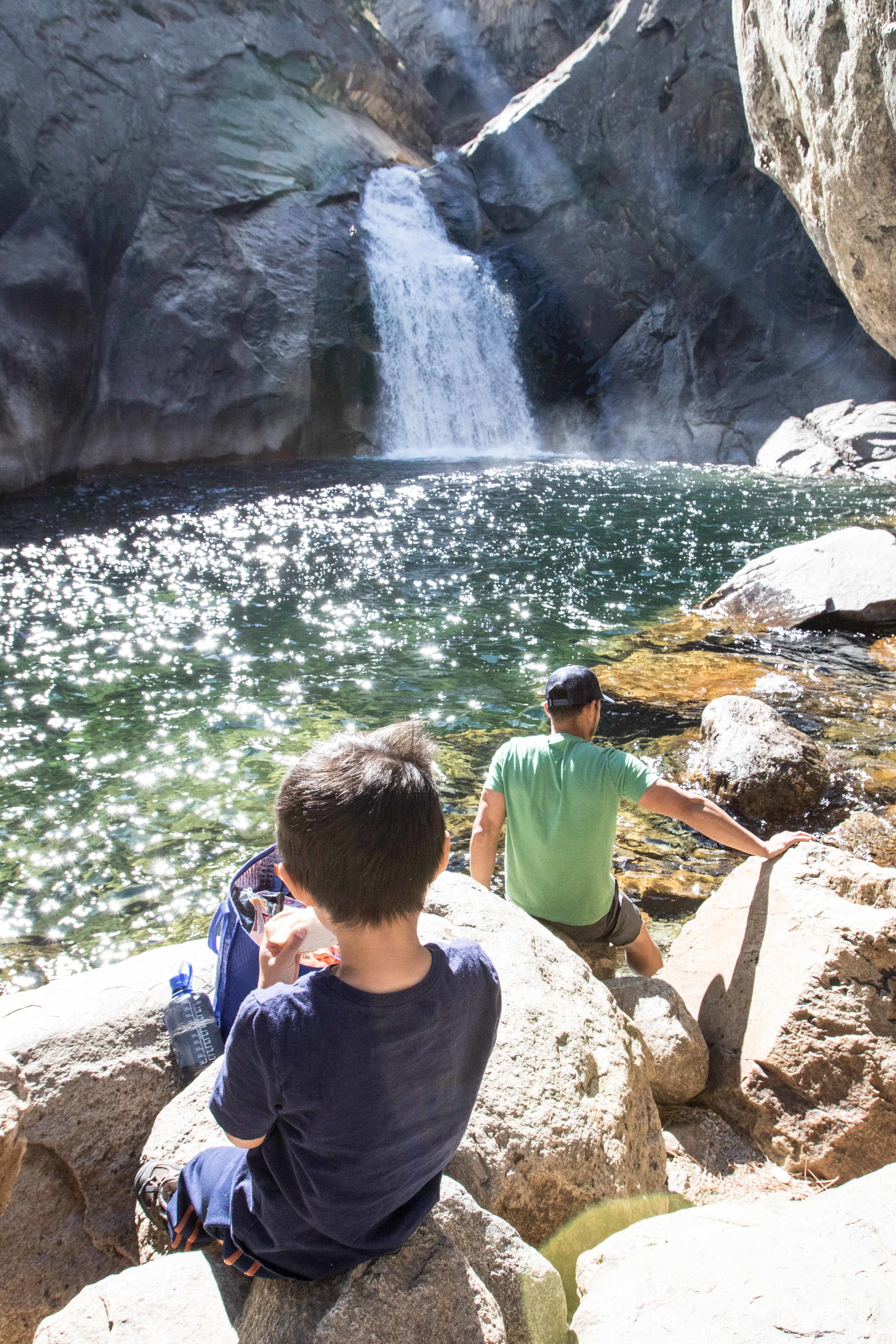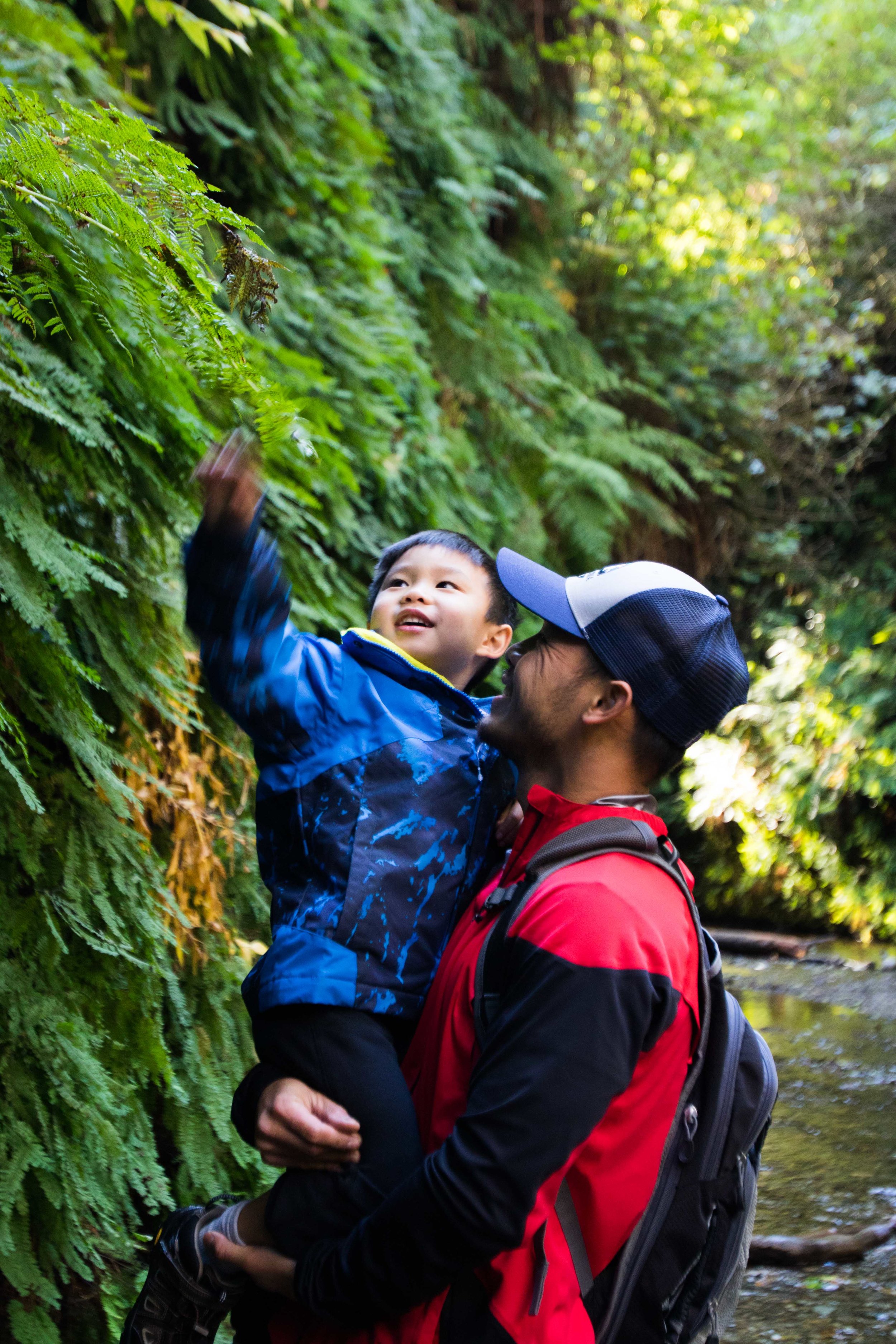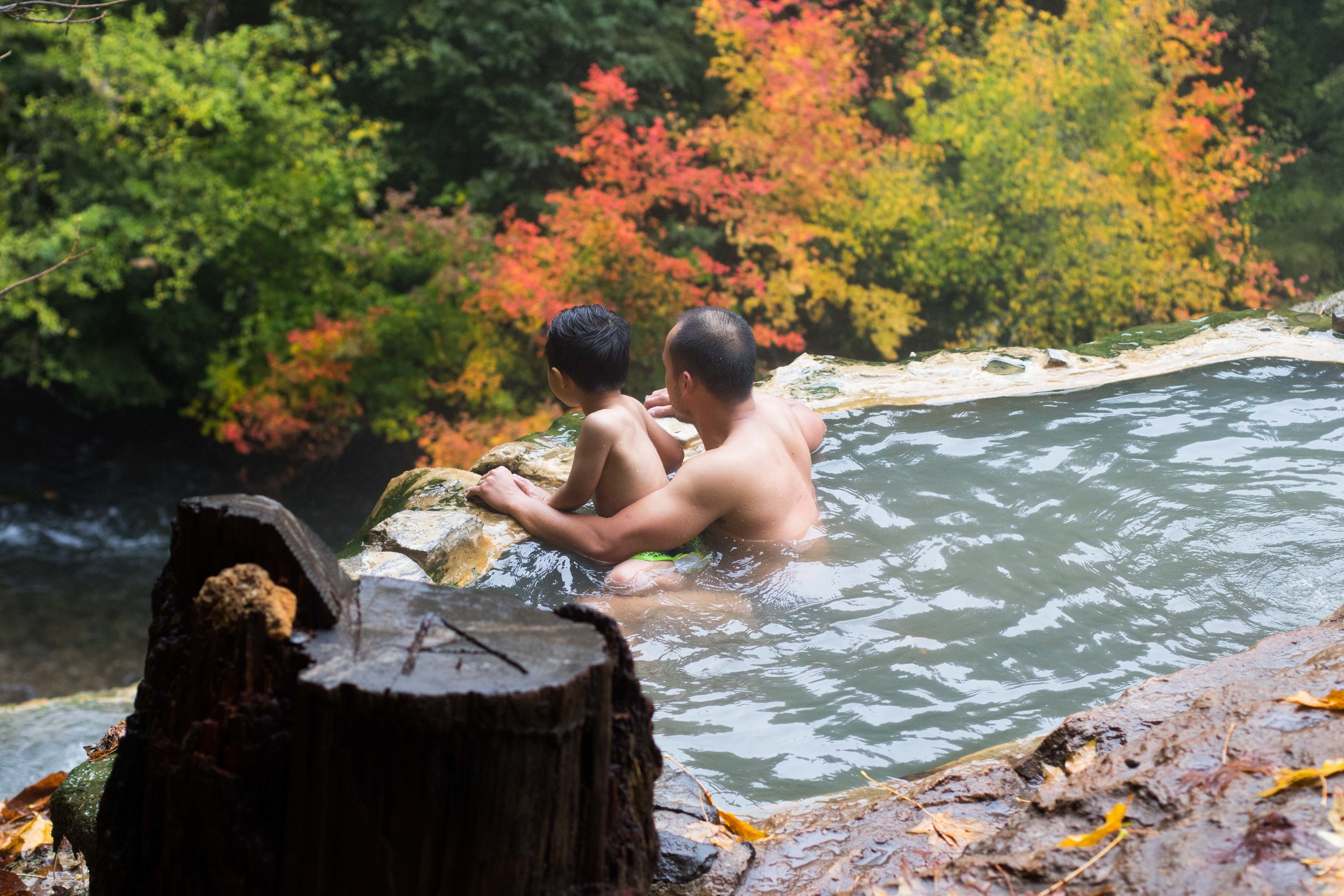Overview
Often considered as one of the Wonders of the World, Grand Canyon National Park covers 1.2 million acres of land and is the second highest visited national parks. Designated as a national park in 1919, the Grand Canyon became a World Heritage Site by UNESCO in 1979. The Grand Canyon is world famous for its enormous colorful layered of rocks that exposes millions of years of geological history. President Theodore Roosevelt visited the park and said: “The Grand Canyon fills me with awe. It is beyond comparison—beyond description; absolutely unparalleled through-out the wide world.”
Accessibility
South Rim Drive
Grand Canyon is primarily accessible via the South and North Rims with the majority of the park classified as backcountry. With some 30 miles of the South Rim being accessible by road and is slightly more than 4 hours east of Las Vegas, the South Rim accounts for 90% of park visitors each year. Additionally, due to elevation and supporting facilities, the South Rim is open year round while the North Rim is often close during the peak winter season.
Park Highlights
Bright Angel Trail
Bright Angel Trail – This is a 10 miles one way trail that descends over 4,300 feet of elevation at an average grade of 10%. This switch back trail ends at the Phantom Ranch and will take you to the Bright Angel Campground. Camping at Bright Angel and Indian Garden campgrounds requires a permit issued by the Grand Canyon National Park Backcountry Information Center.
Please plan very far in advance if you would like to camp overnight at any of these campgrounds. We had limited time and a toddler on this trip so we did a 3 miles round-trip on the Bright Angel trail. Although the trail was packed, the view down and up the canyon was amazing. We will definitely be back to hike and camp at the bottom of the canyon in the future.
Great View Points: While at the park, we spent sometime at the Mather Point, Yavapai Observation Station and Lipan Point viewpoints to catch both sunset and sunrise. These viewpoints are very easily accessible and gave us an amazing front-row seat of the magnificent Grand Canyon.
Lodging
Campgrounds – There are a lot of campgrounds at Grand Canyon. We stayed at Mather campground. Although it was November, the campground was still packed with RVs and camper trailers during our visit. From a reasonable size grocery store to a handful of restaurants and hotel options inside the park, Mather Campground will make you feel like you’re in a small town rather than a remote national park.
Hotel Lodging can be found here.
Closest Cities to the Park: The closest big city to fly into to visit Grand Canyon via the South Rim is Las Vegas.
Recommended Length Stay: At least 3-5 days to hike and explore some of the famous areas of the park. For those who can commit and plan very far in advance, a 5-7 days camping trip in the canyon could be an exciting and memorable adventure.
Would we be back? Definitely yes when Harvey is older and can carry his own gears for an unforgettable camping trip.
For more pictures, click here.

